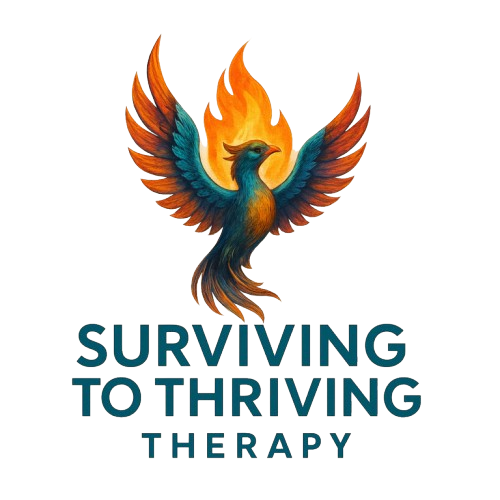When Trauma Looks Like ADHD
If you grew up in a stressful, unpredictable, or unsafe environment, it’s normal for your nervous system to adapt so you could survive. What we often label as ADHD-like symptoms — trouble focusing, feeling restless, acting on impulse, or being on edge — can actually be your body’s way of protecting you. Hypervigilance, emotional outbursts, and quick reactions aren’t flaws; they’re survival skills your brain and body developed to keep you safe when things around you weren’t safe.
For example, always scanning for danger might have helped you avoid harm, but now it can look like distractibility. Learning to react instantly to unpredictable caregivers may have kept you protected, but now it can feel like impulsivity. Even intense emotions may once have been a way to get your needs noticed in chaos.
This is why a trauma-informed perspective matters so much. Behaviors that get labeled as ‘bad’ or as a disorder often began as strategies to survive impossible situations. Recognizing this can bring more understanding and self-compassion. Your reactions make sense given what you went through — and with support and healing, you can teach your nervous system it’s safe now and develop new ways of responding.
Healing is absolutely possible. Therapies like EMDR (Eye Movement Desensitization and Reprocessing) can help your brain reprocess painful memories so they feel less charged and less defining. Internal Family Systems (IFS) therapy can help you explore the different “parts” of yourself — the hurt, protective, or reactive parts — and bring them into balance with your core self. Together, these approaches create space to release old survival patterns, build new coping skills, and feel more grounded in the present. You’re not broken; your mind and body adapted to survive. And with the right support, you can move from surviving to truly thriving.
